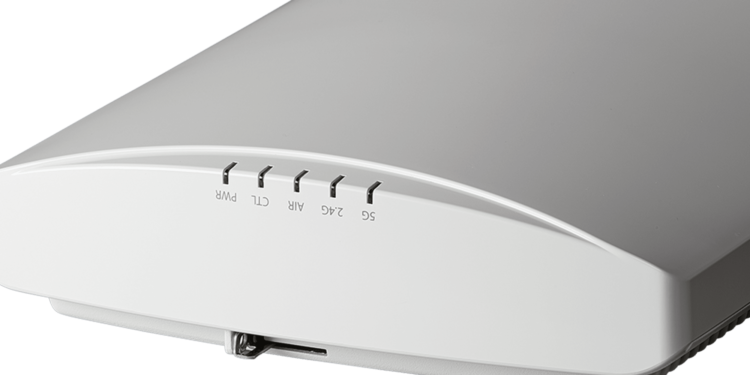Image supplied by Ruckus Networks
Worldwide data and video traffic is growing at double-digit rates, driven by an increase in connected devices. ABI Research predicts that Wi-Fi device shipments will grow to nearly 35 billion by 2022. Data and video traffic also will surge due to increased per-device data consumption driven by applications like 4K video streaming, virtual and augmented reality and live-stream gaming.
The congestion of people, devices and bandwidth-hungry apps makes for challenges that current wireless tech cannot handle. Adding to the complexity of this environment are diversifying device categories and apps, such as instant messaging, IoT control messages and voice-over-Wi-Fi.
“Real-world use cases are bumping up against the limits of existing Wi-Fi standards, and the need for 802.11ax to address a wide variety of heterogeneous, high-density scenarios is clear,” said Chris DePuy, founder and technology analyst at 650 Group.
The new 802.11ax standard was designed for high-density connectivity, with the ability to support up to a four-fold capacity increase over its 802.11ac Wave 2 predecessor. With 802.11ax, multiple APs used in dense device environments are collectively able to deliver required quality-of-service (QoS) to more clients with more diverse usage profiles due to the use of orthogonal frequency-division multiple access (OFDMA) and multi-user multiple-in multiple-out (MU-MIMO) technologies.
Increased end-user expectations and application QoS requirements pose unique difficulties to network designers. Locations such as stadiums, public venues, train stations, and schools in which video content and applications are central to the curriculum, are representative examples.
According to Ruckus Networks the newly released Ruckus R730 marks the industry’s first IoT- and LTE-ready, 802.11ax wireless access point (AP). The high-capacity, 12 spatial-stream R730 works in concert with the new Ruckus Ultra-High Density Technology Suite to smoothly deliver high-resolution, latency-sensitive video in ultra-high density user environments such as stadiums, train stations and schools. In addition, the R730 complies with both the new WPA3 security protocol and Wi-Fi Enhanced Open for more secure connections on public networks.
The R730 includes embedded Bluetooth Low Energy (BLE) and Zigbee radios and can be augmented with Ruckus IoT modules to support additional physical layer protocols such as LoRa. Using the Ruckus IoT controller, these separate networks and the IoT endpoints associated with them, can be managed, coordinated and connected to IoT cloud services as part a single, converged IoT access network.





